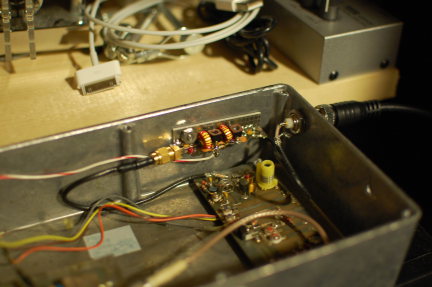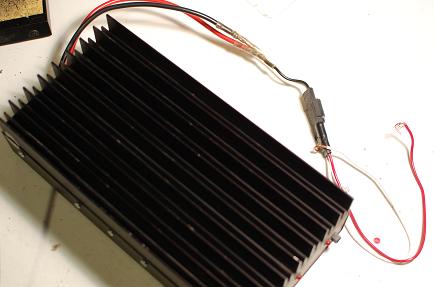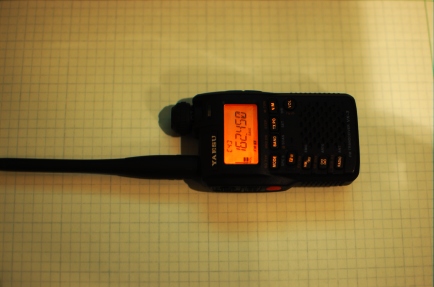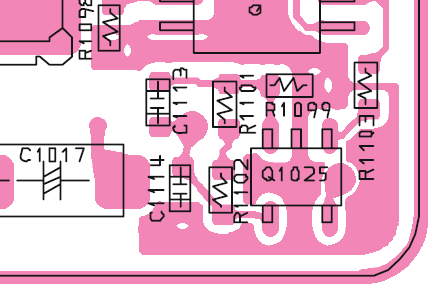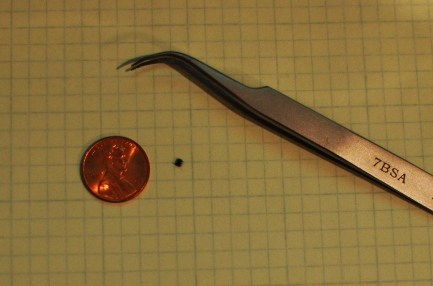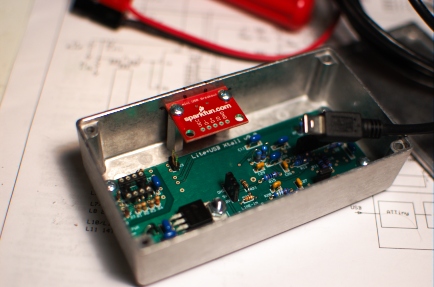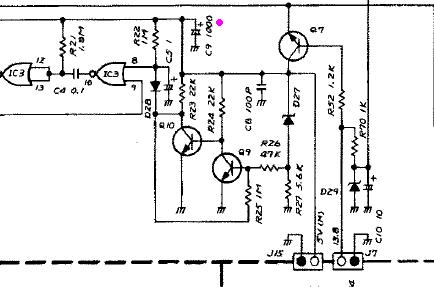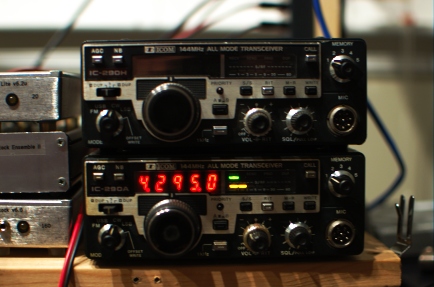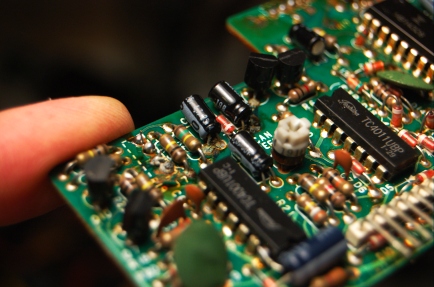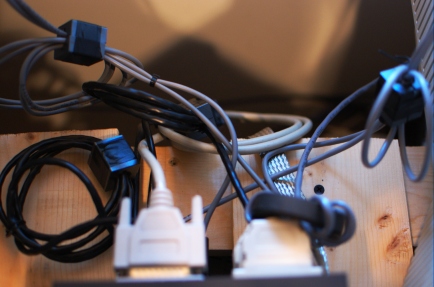With the impending end-of-life of Windows XP a few weeks ago, I found myself with a bit of a predicament: My shack PC is a dual-core 64-bit system (3.0-GHz Pentium-D) so it’s not really a slouch performer. But, it had only 1 GB of RAM, which was fine for XP. I could upgrade my RAM and upgrade Windows, or I could upgrade the RAM and dispense with Windows altogether.
I opted to drop Windows.
My almost-3-year-old son helped me install 4 GB of RAM last weekend. (Actually, he spent more time asking about the capacitors on the motherboard. Kids these days.)
I’m a long-time GNU/Linux user (just over 15 years, actually) and fan. However, as I wrote once in the past, I’m also fan of getting things done. So, I kept using Windows 95 / MS-DOS for many years on my hamshack computer, with a brief several-year foray into using Windows XP when I moved to TR4W logging software. Linux finally became ready for prime time in my hamshack when Kevin, W9CF, ported TR-Log over a couple of years ago. After ensuring it wasn’t a fad, I was ready to jump. Over the past week or so, I’ve been tailoring the setup of everything to bring back the functionality I had previously.
So, what broke?
- I have an nVidia graphics card for my second monitor. Failure. Not sure how much I care. Maybe I’ll look for an old ATI card or something else with drivers? Anybody have a plain PCI video card with VGA or HDMI kicking around?
- Windows-specific software that I’ll probably just quit using: AVR Studio and SH5. Didn’t really use these much anyway.
- Now, for the truly bizarre: My Elecraft K2/100 throws an ERR 080 on power-up if I disrupt communication between it and TR-Linux (does not matter if the K2 goes off first or TRLinux quits first). I have to disconnect the RS-232 cable at the back of the K2 for a while and then it comes back OK.
- ARRL’s Trusted QSL software version 2.0.1 didn’t compile immediately without dependency problems. Further study indicated.
And, what works?
- TRLinux talks to both the K3/100 and the K2/100, as well as the YCCC SO2R+ controller.
- Made some QSOs and uploaded the signed log to LoTW.
- Pretty much everything else…
